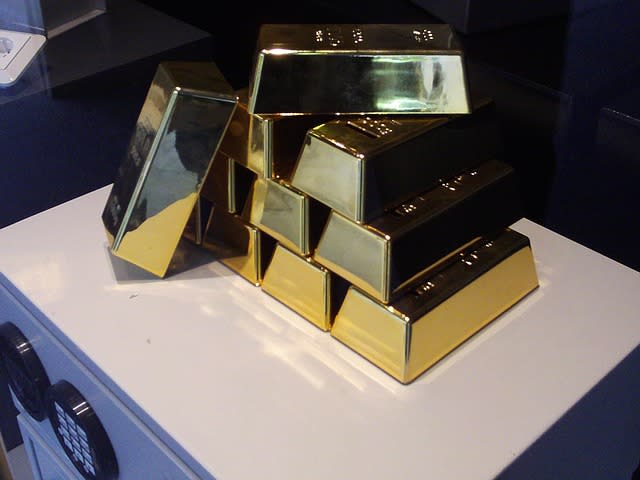“Gold Soros” or “Dollar Rogers”? Who will have the last laugh?

Fear has dominated the market since the uncertainty engendered by the Brexit vote in the UK. Against this background, attention has turned to the risk mitigation strategies of prominent investors, and the difference between these strategies.
Particularly striking are the different viewpoints taken by the investors George Soros (aged 84) and Jim Rogers (aged 73), who together founded the legendary US investment company Quantum Fund in 1969. Soros is taking a long position, banking on a rise in the price of gold and gold mining shares, while Rogers is banking on a rise in the value of the dollar.
The difference between “Gold Soros” and “Dollar Rogers” reflects the historical view and philosophical view of the two men and also their wider perspective. So, who will laugh last, Soros or Rogers? First, let us run through the basics of their investment philosophy.
Soros the liberal, Rogers the conservative

Source: Pixabay
At Quantum Fund, Soros, who took the role of trader, and Rogers, who took the role of analyst, were comrades in arms cooperating to realise a miraculous return of 3365% over 10 years. However, they went their separate ways in 1980 because of differences in management policy. Both, as investors, continued to achieve great success, but their investment policies were very different.
Soros, a liberal with a PhD, bases his investment style on the belief that “the market is usually wrong”. He voices his recursive theory that markets change because of the actions of investors. A good example of this is that, if investors pursue price rises in a rational manner, paradoxically, a bubble arises. While noting the blending of the uncertainty of investors’ thinking and the indeterminacy of actual events, Soros has made money from currency speculation.
In contrast, Rogers, a conservative with a history degree, goes by a “global macro” style. He researches, in depth, changes in supply and demand caused by such things as social trends, financial strategy and international macroeconomics and, based on this research, estimates significant price rises or declines and takes positions accordingly.
His transactions range across equities, currency and commodities, and his style is to generate profits as a long-term investor in countries and companies showing (or expected to show) improvement or positive transformation. A good example of this is Rogers' bullish attitude to China, who has noted the positive features of Chinese equities and increased investment in them.
Rogers’ relative investment view: “Dollar bullishness” refers to temporary stability

Source: Pixabay
The difference in the investment philosophy of the two men was surely revealed by their decisions in the period before and after the major event that was the Brexit vote. Interestingly, both Soros and Rogers have maintained their risk-averse stance from the run-up to the EU referendum in the UK.
Soros, who started buying gold last year, has not changed his “gold bullishness” and Rogers, who has been saying that risk avoidance mean the US dollar, has also stuck with his position of “dollar bullishness”.
In an interview on June 28, Rogers said, “Gold has lost value this year, but it has bounced back with Brexit. I do not have confidence in an investment that rises sharply in this way”, adding that “the dollar, rather than gold, is a safe target for flight funds.” Indeed, the dollar has strengthened against most currencies (with exceptions such as the yen).
That said, Rogers is by no means investing only in the dollar. He consistently stresses that “my view is only that, seen relatively, as a risk avoidance investment, the US dollar is better than gold.”
In an interview at the end of April, he said, “If market uncertainty increases, people pile into the dollar, which they believe to be a safe asset, and the dollar therefore rises. However, the dollar is, in fact, not a safe asset”. The dollar is not a safe asset because of the huge US government budget deficit, and the dollar can be expected to become overvalued at some point.
He also declared, “When that happens, I sell the dollar without hesitation”. His action is no more than investment in temporary stability.
However, he added, regarding gold “as a hedge, … “I think it will fall to below $1,000 an ounce within a few years. At that time, I would buy it.” Incidentally, in an interview in January, he said, “when the dollar rises, almost always, the price of gold falls.
In which case, I sell the dollar and buy something else, probably gold.” We should probably say that his investment is always a reaction to relative outlook based on a forecast of future change in the balance of supply and demand.
(By ZUU Japan)
Related Articles
- Singapore and gold
- Why gold can be an important component of any Singapore investment portfolio
- What to know about investing in Gold

 Yahoo Finance
Yahoo Finance 
